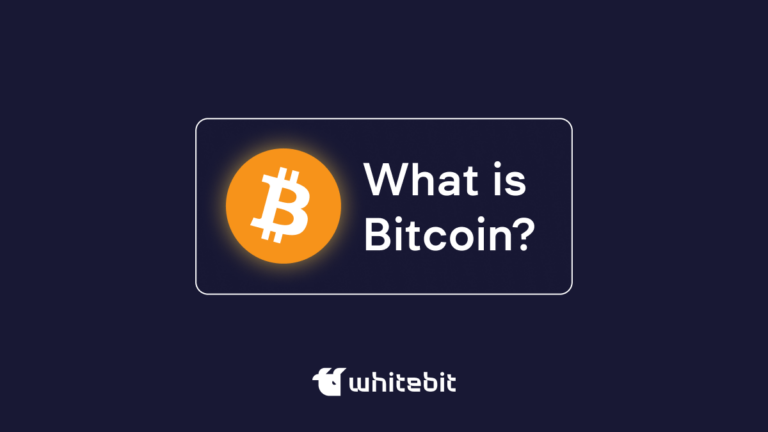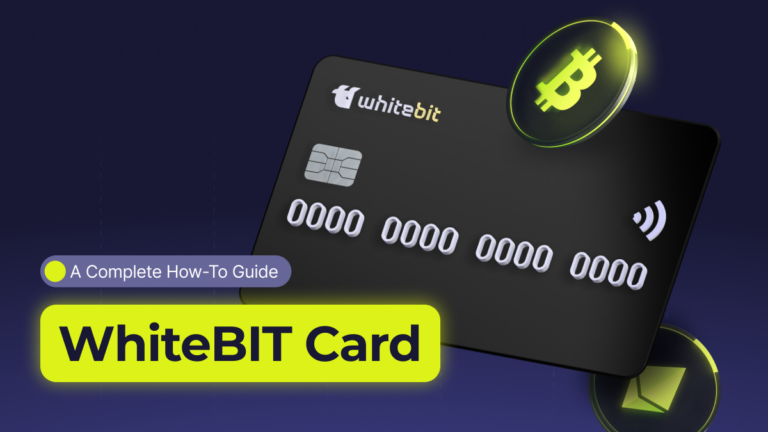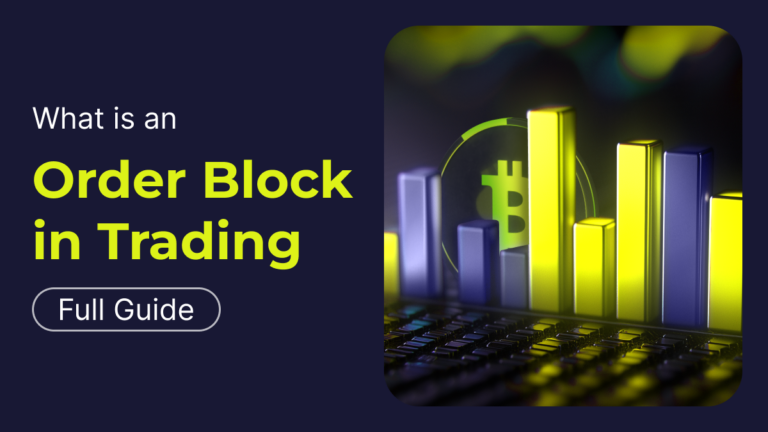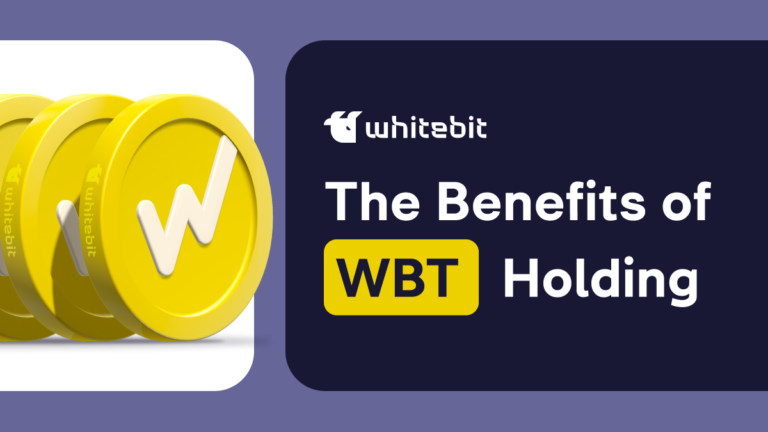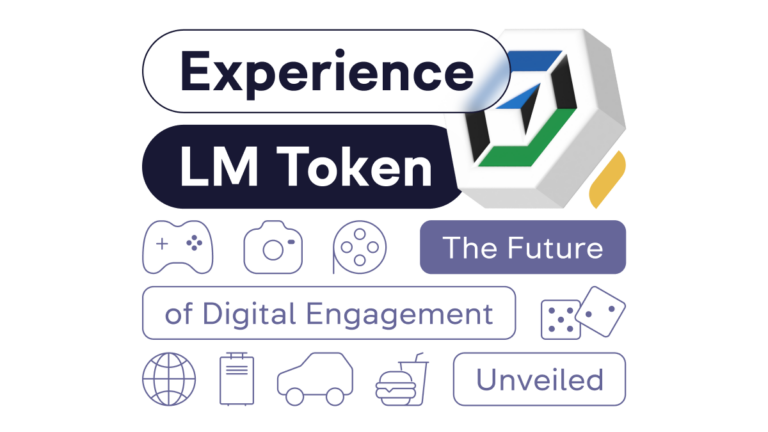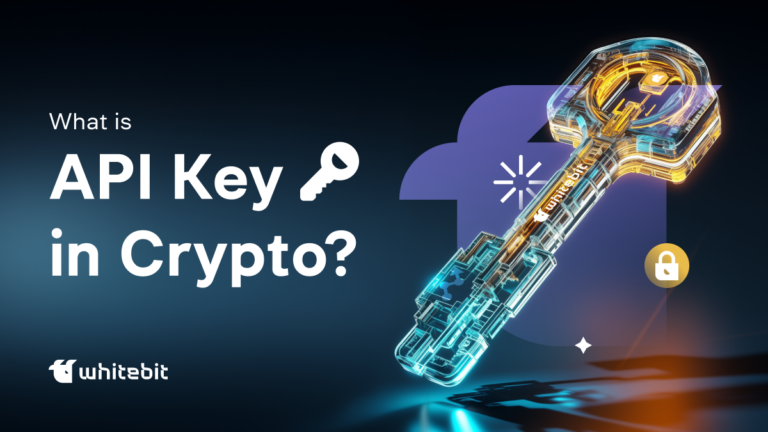What is Ethereum (ETH) and its founder?
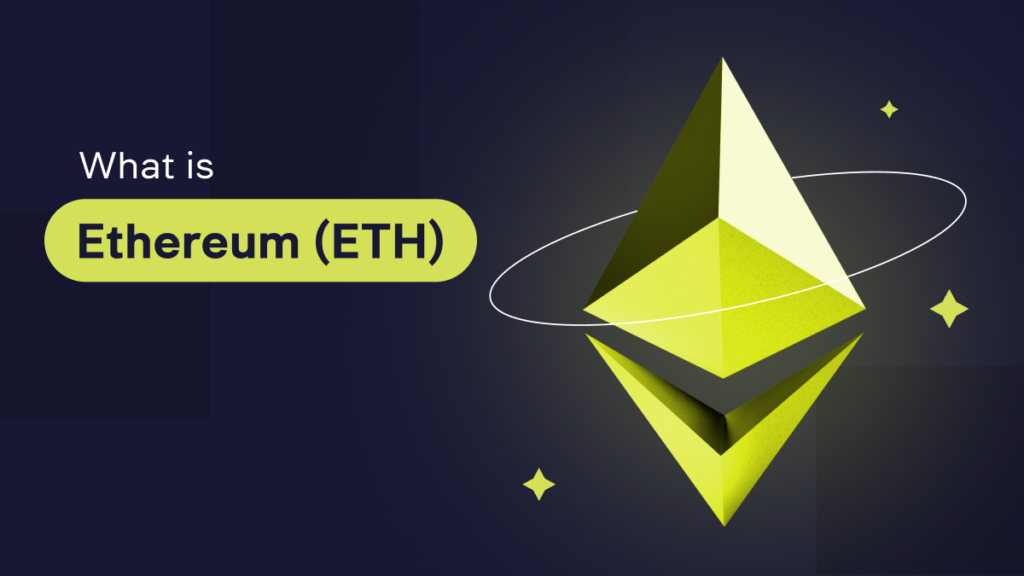
Content
- Ethereum history
- What is Ether?
- How Does Ethereum Work?
- Ethereum Blockchain
- Decentralized Applications (Dapp)
- Consensus Mechanisms
- Ethereum Mining
- What Is Ethereum 2.0 (ETH2): Ethereum’s Transition from Proof-of-Work to Proof-of-Stake
- Ethereum Ecosystem
- Who Owns Ethereum?
- Brief Biography of Vitalik Buterin
- Advantages and Disadvantages of Ether
- What Will Happen to Ethereum?
- Where to Store Ethereum?
- How to Sell Ethereum on WhiteBIT?
- Conclusion
- FAQ
Ethereum is a decentralized platform utilizing blockchain technology to execute smart contracts and develop decentralized applications (dapps). Ethereum founder is Vitalik Buterin, a Russian-born Canadian programmer, who, along with a team of developers including Mihai Alisie, Gavin Wood, and others, introduced the project in 2015.
Ethereum history
The history of Ethereum began with the publication of a white paper by Vitalik Buterin at the end of 2013, in which he outlined the concept of creating a universal platform for decentralized applications. In early 2014, a crowdfunding campaign was launched, raising over $18 million to fund the project’s development. The first official release of Ethereum, named Frontier, was launched in July 2015.
The cryptocurrency quickly gained popularity and earned the title of “digital silver.” As the adoption of cryptocurrencies increased, the list of items that could be purchased with Ethereum expanded rapidly.
What is Ether?
Ethereum (ETH) is the standard cryptocurrency used within the Ethereum network. It fuels transactions and smart contracts, pays gas fees, and incentivizes miners who verify and validate blocks. As a key element of the Ethereum ecosystem, ETH ensures its proper functioning.
How Does Ethereum Work?
Let’s explore the purpose and functionality of Ether. Ethereum operates on the basis of a blockchain, a decentralized distributed database that records all transactions and smart contracts, including ERC-20 standard tokens (How to create a token on Ethereum?). Network nodes verify and confirm transactions, and smart contracts are automatically executed, ensuring the security and transparency of operations without the need for intermediaries.
Ethereum Blockchain
The Ethereum blockchain is a decentralized, distributed database comprising a chain of blocks. Each block contains a list of transactions confirmed by the network and is linked to the previous block through cryptographic hashes, ensuring data security and immutability. Today, the size of the Ethereum blockchain is growing as new transactions, types of cryptocurrencies, and smart contracts are added to the network.
Node
A node is a computer connected to the Ethereum network that is involved in validating transactions and blocks. There are several types of nodes, including full nodes, which store the entire history of the blockchain, and light nodes, which store only part of the data and rely on full nodes for information.
Smart Contracts
Smart contracts are self-executing agreements with terms written in code. These contracts automatically enforce and execute when specific conditions are met, eliminating the need for intermediaries and reducing the risk of fraud.
Decentralized Applications (Dapp)
Decentralized applications (Dapps) are applications that run on the Ethereum blockchain, using smart contracts to interact with users. They offer transparency, security, and independence from central servers.
Gas Fees in Ethereum
Gas is a unit of measurement for the computational effort required to execute transactions and smart contracts on the Ethereum network. The fee for transferring Ether is paid in ETH and varies based on the transaction’s complexity. This fee incentivizes miners to confirm transactions and prevents abuse of the network.
Ethereum Virtual Machine (EVM)
The Ethereum Virtual Machine (EVM) is the environment in which smart contracts run on the Ethereum blockchain. EVM ensures interoperability and code execution security by isolating smart contracts from the main network and other contracts.
Consensus Mechanisms
Consensus mechanisms are algorithms by which Ethereum reaches agreement on the state of the blockchain. Previously, the Proof-of-Work (PoW) mechanism was used, but with the transition to Ethereum 2.0, Proof-of-Stake (PoS) is used, which reduces energy consumption and increases security, reduces network complexity and network congestion.
Proof-of-Stake Verification Process
Proof-of-Stake (PoS) is a consensus mechanism where validators confirm blocks based on the share of Ethereum owner. In PoS, validators are randomly chosen to validate transactions and create new blocks, enhancing the network’s efficiency and security.
ETH Wallets
ETH wallets are applications or devices that enable users to store, send, and receive Ether and other tokens on the Ethereum blockchain. There are various types of wallets, including hardware, software, and online wallets, each offering unique advantages and disadvantages. The choice of wallet depends on the intended use and the required level of security.
Ethereum Hardfork
A hard fork is a change to the blockchain protocol that causes the chain to split into two incompatible versions. There have been several forks in Ethereum’s history, including the famous hard fork caused by the DAO hack in 2016, which split the network into Ethereum (ETH) and Ethereum Classic (ETC).
How Much Does the Ethereum Blockchain Weigh?
Currently, the Ethereum blockchain exceeds 1 TB in size and continues to grow as new transactions and smart contracts are added. The blockchain’s size depends on the amount of data written to the network, and its growth can vary with the network’s activity.
Ethereum Mining
Ethereum mining is a process where miners use computing power to solve complex mathematical problems, confirming transactions and adding new blocks to the blockchain. In return, miners receive a reward in the form of ETH. Typically, a farm was used for this purpose, and some miners joined a mining pool for more efficient mining. However, with the transition to Ethereum 2.0, mining will be replaced by the staking process. So, how will ETH be mined in this new context? Validators will be rewarded for confirming blocks based on their ETH ownership stake.
What Is Ethereum 2.0 (ETH2): Ethereum’s Transition from Proof-of-Work to Proof-of-Stake
Ethereum 2.0 (ETH2) is a major update to the Ethereum network aimed at improving the performance, security, and stability of the network. The main change in ETH2 is the transition from Proof-of-Work (PoW) to Proof-of-Stake (PoS), which reduces energy consumption and increases network scalability.
Ethereum Ecosystem
The Ethereum ecosystem includes decentralized finance (DeFi), games, non-fungible tokens (NFTs), decentralized autonomous organizations (DAOs), and token sales (ICO).
Decentralized Finance (DeFi)
Decentralized Finance (DeFi) are financial applications running on the Ethereum blockchain that offer services such as lending, borrowing, and trading without intermediaries. DeFi enables users to access financial services without the need for banks and other financial institutions.
Games
Games on the Ethereum blockchain utilize smart contracts to establish decentralized gaming platforms. These games provide unique assets, including characters and items, which can be sold or traded among players.
Non-Fungible Tokens (NFT)
Non-Fungible Tokens (NFT) are unique tokens that represent ownership of unique digital objects, such as artworks, music, or in-game items. They allow creators to monetize their work while providing verifiable authenticity and uniqueness to digital assets.
DAO Development
Decentralized Autonomous Organizations (DAO) are organizations governed by smart contracts on the Ethereum blockchain. DAOs allow participants to make decisions and manage resources without the need for centralized leadership. This increases the transparency and democracy of management processes.
Token Sales
Initial Coin Offering (ICO) is a method of raising funds for projects on the ERTth blockchain, which involves investors purchasing tokens that represent a stake in the project or its future product. Token sales enable startups to secure funding without relying on traditional venture capitalists.
Who Owns Ethereum?
Ethereum creator is Vitalik Buterin, Canadian programmer of Russian origin. Vitalik proposed the idea of Ethereum in 2013 and, together with a team of developers, launched the project in 2015.
Who is Vitalik Buterin?
The creator of Ethereum gained recognition for his involvement in the Bitcoin community and for founding Bitcoin Magazine. His contributions to the cryptocurrency world eventually led to the development of Ethereum, now one of the most influential platforms in the blockchain industry.
Brief Biography of Vitalik Buterin
Vitalik Buterin, the creator of the Ethereum cryptocurrency, was born on January 31, 1994, in Kolomna, Russia. During his childhood, he immigrated with his family to Canada, where he developed an early interest in mathematics and programming.
What Did Vitalik Buterin Do Before Creating Ethereum?
Before creating Ethereum, Vitalik Buterin was actively involved in the Bitcoin community, writing articles about cryptocurrencies and contributing to their development. He also studied cryptography and decentralized systems, which ultimately inspired him to create Ethereum.
Is Buterin Involved in the Development of Ethereum?
Vitalik Buterin continues to play an active role in the development of the network, proposing protocol improvements and new ideas for future versions. He is also involved in promoting decentralized technologies and training developers.
How Much ETH Does Buterin Have?
The exact amount of ETH owned by Vitalik Buterin is unknown; however, he is one of the largest holders, having received a substantial number of coins during the project’s creation and development.
Ethereum Co-Founders
- 1. Mihai Alisie is a co-founder of Ethereum who actively participated in the development and promotion of the project.
- Gavin Wood is the lead developer and creator of the Solidity programming language, used to write smart contracts in Ethereum.
- Joseph Lubin, another co-founder, also founded ConsenSys, a company that develops infrastructure for Ethereum.
Does Ethereum Have Any Competitors?
The project has many competitors such as Binance Smart Chain, Cardano, Polkadot, and Solana. These projects offer alternative platforms for smart contracts and decentralized applications, using various algorithms and analysis methods to improve performance, scalability, and security.
Advantages and Disadvantages of Ether
| Advantages | Disadvantages |
| Scalability: Ethereum 2.0 promises enhanced performance and scalability through its transition to Proof-of-Stake and the implementation of sharding. | High gas fees: During periods of high network load, transaction fees can increase significantly, making transactions expensive. |
| The project boasts one of the largest and most active developer communities, driving the rapid development and adoption of new technologies. | The difficulty of switching to Eth2: The transition to Ethereum 2.0 requires significant infrastructure changes and may take a long time. |
| Additionally, the network offers a high level of decentralization, increasing its resilience and security. | Competition: The emergence of new blockchain platforms creates competition, potentially reducing the project’s market share. |
What Will Happen to Ethereum?
Ethereum’s future impossible to predict with certainty. Yet, Ethereum will continue to evolve with the introduction of scaling solutions designed to enhance network performance and reduce transaction fees, paving the way for further growth and adaptation.
Scaling Solutions
The project is actively developing solutions to scale the network, including the introduction of sharding and the transition to Proof-of-Stake. These advancements are expected to significantly enhance performance and reduce transaction fees.
Development Roadmap
Ethereum’s development roadmap comprises several phases, including Beacon Chain, Shard Chains, and a complete transition to Ethereum 2.0. These stages aim to enhance the network’s scalability, security, and resilience.
Web3
Web3 Web3 is the concept of a decentralized internet where users control their data and interact through decentralized applications. Ethereum plays a key role in the development of Web3 by providing the infrastructure for creating and deploying dApps.
Why Does Ethereum Rise/Fall?
The price of Ethereum can rise or fall based on various factors, such as market demand, news about the project’s development, regulatory changes, and the overall state of the cryptocurrency market. Despite fluctuations in the amount of Ethereum minted and burned, ETH remains the second most valuable digital currency in the market. If you’re curious to know how many Ethereum are there — there was over 120M as of May, 2024.
Is Ethereum a good investment?
The decision to buy and how to invest in Ethereum depends on your investment goals and the level of risk you are willing to accept. Before purchasing, it’s essential to conduct a comprehensive analysis of the asset and its prospects.
By the way, you can not only buy Ethereum but also earn it through an Ethereum faucet, where you receive small amounts of the asset for completing tasks.
How can you make money with ETH? Ethereum has growth potential due to its technological advancements and widespread adoption. However, it is also subject to volatility and market risks. Before buying, thoroughly research and analyze all aspects of Ethereum and look into ETH/USDT pair’s crypto chart.
Where to Store Ethereum?
Ethereum can be stored in various types of wallets:
- Hardware Wallets (Cold Wallets): Devices like Ledger and Trezor offer high-level security by keeping private keys offline.
- Software Wallets: Options such as MetaMask and MyEtherWallet are convenient for everyday use and interaction with decentralized applications (dApps).
- Online Wallets: These provide ease of use but require trust in the service provider.
Additionally, you can lend your Ethereum in a crypto savings account on WhiteBIT through the Crypto Lending tool and earn a passive income of up to 17.39% per annum in ETH. In this case, the assets are insured for the entire term of the plan.
How to Sell Ethereum on WhiteBIT?
To sell Ethereum on WhiteBIT, follow these steps:
- Create an account: Register on WhiteBIT and pass the identity verification process.
- Deposit funds: Transfer ETH to your account on the exchange. You can do this from an external wallet or via the fiat gateways available on the exchange.
- Sell: Create a sell order for your ETH or use the “Convert” feature, which allows you to sell without placing an order, with the exchange rate fixed for 10 seconds.
To track and view a transaction, check the “History” tab in your exchange wallet for all transaction details.
Understanding how to sell helps you understand how to buy an asset. You can purchase through a amrket order or, similarly, via the “Convert” tab.
Conclusion
Ethereum is a powerful decentralized platform offering a wide range of options for developers and users. Its innovative technologies, such as smart contracts and decentralized applications, are transforming various industries, from finance to gaming. The future of Ethereum looks promising with its transition to Ethereum 2.0, which, coupled with the active development of its ecosystem, will help the project maintain its leadership in the world of blockchain technologies.

